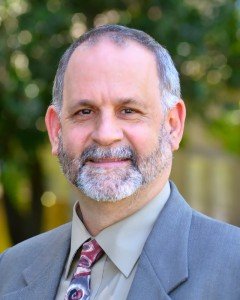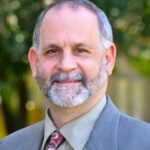
As the Renewable Energy Implementation Manager for the Climate Protection Campaign, you might think I support installing solar panels anywhere, any time, any way. The reality is that there are better and worse places to locate renewables, including solar.
A recent article in the Santa Rosa Press Democrat describes a trend in large-scale energy development – covering prime agricultural land in the San Joaquin Valley with huge solar arrays. Prime agricultural land is a poor place for solar, and not where we expect to deploy renewables in Community Choice energy programs like Sonoma Clean Power.
The best place for solar is close to where the power is used in the built environment – on residential rooftops, warehouses, parking shade structures, and land that is not suitable for farming or other useful purposes. As local energy planning bodies, Community Choice energy programs are well-suited to help develop clean local power as the backbone of a resilient 21st century power system, and solar should help with that, not run counter to it.
Fortunately some counties have good laws on the books that protect valuable farmland and the right to farm it. California has set laudable goals for renewables to cut greenhouse gas emissions, and some counties in the state are responding by revising their renewable energy codes to make it easier to set up renewable power projects while still protecting our prime agricultural resources.
The U.S. EPA has the right idea by carrying out a survey of the brownfields, or sites that are no longer suitable for farming due to prior industrial or commercial use, but that may be appropriate for solar. It’s called the Renewable Energy Siting Tool and it is available to all developers of renewable power. Tell your friends who were planning on carpeting 500 acres of farmland with solar panels about this handy map-based tool. Let’s start with roofs, parking lots and brownfields.
– Woody Hastings

